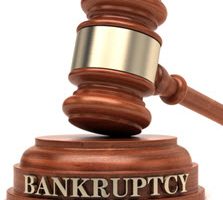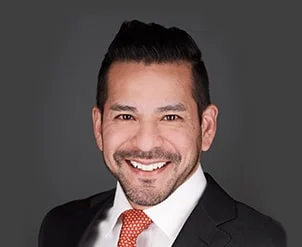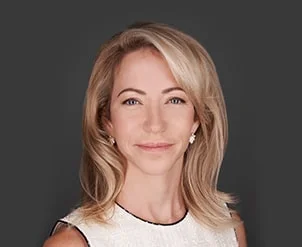Which Type Of Indiana Bankruptcy Is Best?

Most Hoosiers live hand to mouth. According to a May 2018 report, about 40 percent of Americans cannot pay a $400 emergency expense. So, when the financial storms of life hit, many people are hard-pressed to deal with them. These storms include rather common events, such as divorce, job loss, and serious illness. These events are usually costly. Moreover, they are usually beyond the person’s control, at least to a considerable extent.
In situations like these, many people turn to bankruptcy. The Automatic Stay halts repossession, foreclosure, wage garnishment, and other adverse creditor actions. At the same time, most debtor property is exempt in Indiana. So, people enjoy the benefits of bankruptcy without having to give up their houses, cars, retirement accounts, or other large assets.
Chapter 7 Bankruptcy
Many people struggle with unsecured debts. To return to the above example, if a family has a financial emergency, they may put the money on a credit card. That one act may be enough to upset the delicate balance that exists. An extra monthly bill, even a rather small one, often has a snowball effect.
Chapter 7 bankruptcy eliminates unsecured debt, often in under a year. About six weeks after the debtor files a petition and schedules, a trustee (person who oversees the bankruptcy for the judge) verifies the debtor’s identity and asks a few basic questions. About nine months after that, the judge usually signs a discharge order. That order ends the obligation to pay unsecured debts, such as:
- – Credit cards,
- – Small Business Association loans,
- – Medical bills, and
- – Signature loans.
Special rules apply to certain kinds of unsecured debt. Student loans are only dischargeable under certain circumstances. However, most people who ask for relief obtain at least a partial discharge. Income taxes are also dischargeable, if they are at least three years old and the debt meets other qualifications.
Chapter 13
Other people struggle with secured debt, such as mortgages or auto loans. Most home mortgage lenders begin foreclosure proceedings after just two missed payments. Some auto lenders have an even quicker trigger finger. Legally, such lenders can repossess the collateral after just one missed payment.
The Automatic Stay applies in Chapter 13 the same as in Chapter 7. Typically, moneylenders may only take adverse action if they receive special permission from the judge. So, Chapter 13 provides immediate relief to distressed property owners.
Chapter 13 provides long-term relief as well. Debtors receive up to five years to catch up on past-due mortgage, auto loan, and other secured debt payments. The repayment plan is based on your income. And, as long as you keep making the debt consolidation payments on time, the Automatic Stay remains in effect.
Finally, at the end of the protected repayment period, any remaining unsecured debt is discharged. So, both Chapter 13 and Chapter 7 debtors receive fresh financial starts.
Some people combine a Chapter 7 and Chapter 13 into a “Chapter 20” bankruptcy. Some families start in Chapter 13 and, if they cannot afford the monthly payments, convert to Chapter 7. Others begin in Chapter 7 to quickly eliminate unsecured debts. Then, they file a Chapter 13 to take advantage of the Automatic Stay and protected repayment period.
Connect with Experienced Lawyers
Distressed debtors have a number of legal debt relief options. For a free consultation with an experienced bankruptcy attorney in Chicago, contact the Bentz Holguin Law Firm, LLC. We routinely handle cases in both Indiana and Illinois.
Resource:
federalreserve.gov/publications/files/2017-report-economic-well-being-us-households-201805.pdf


